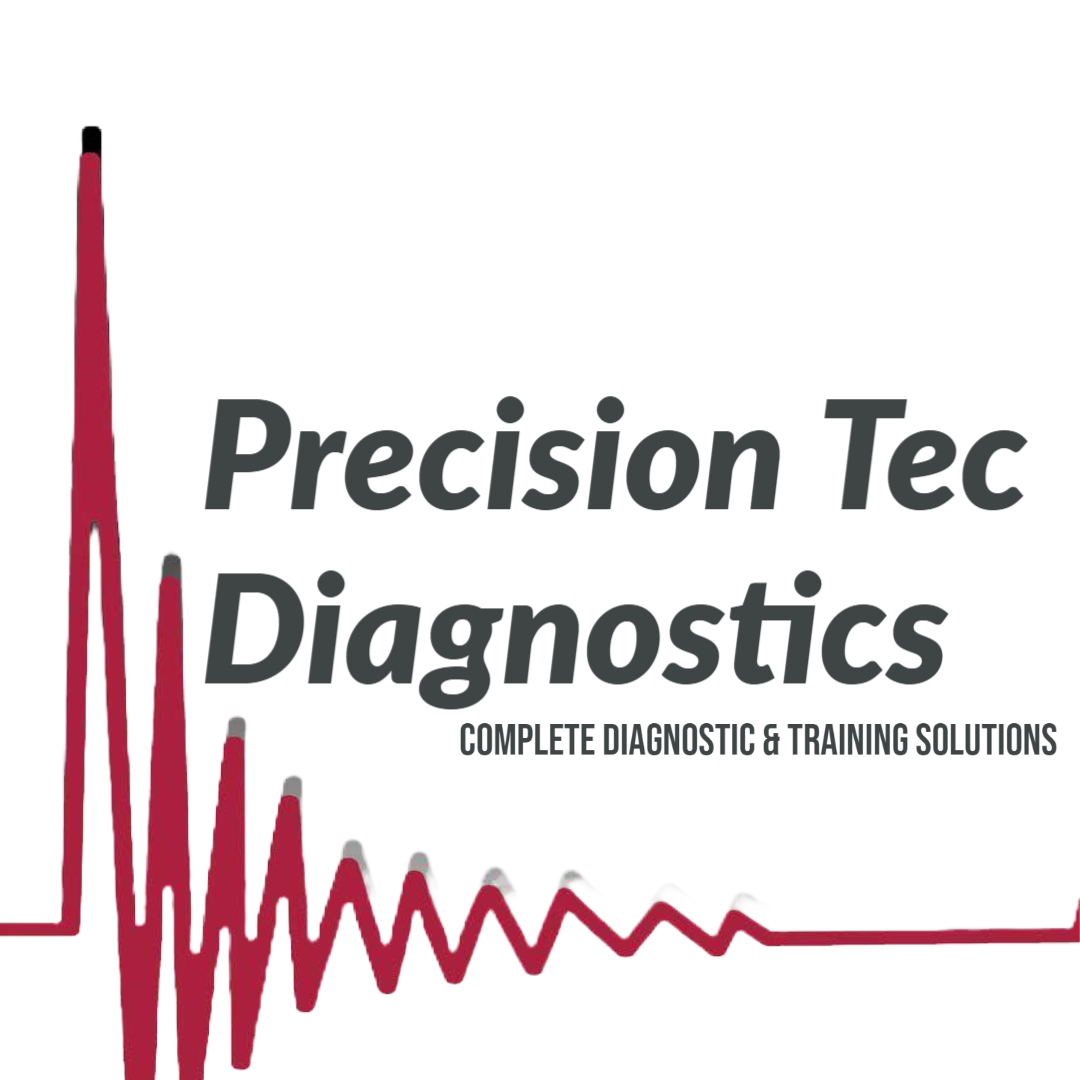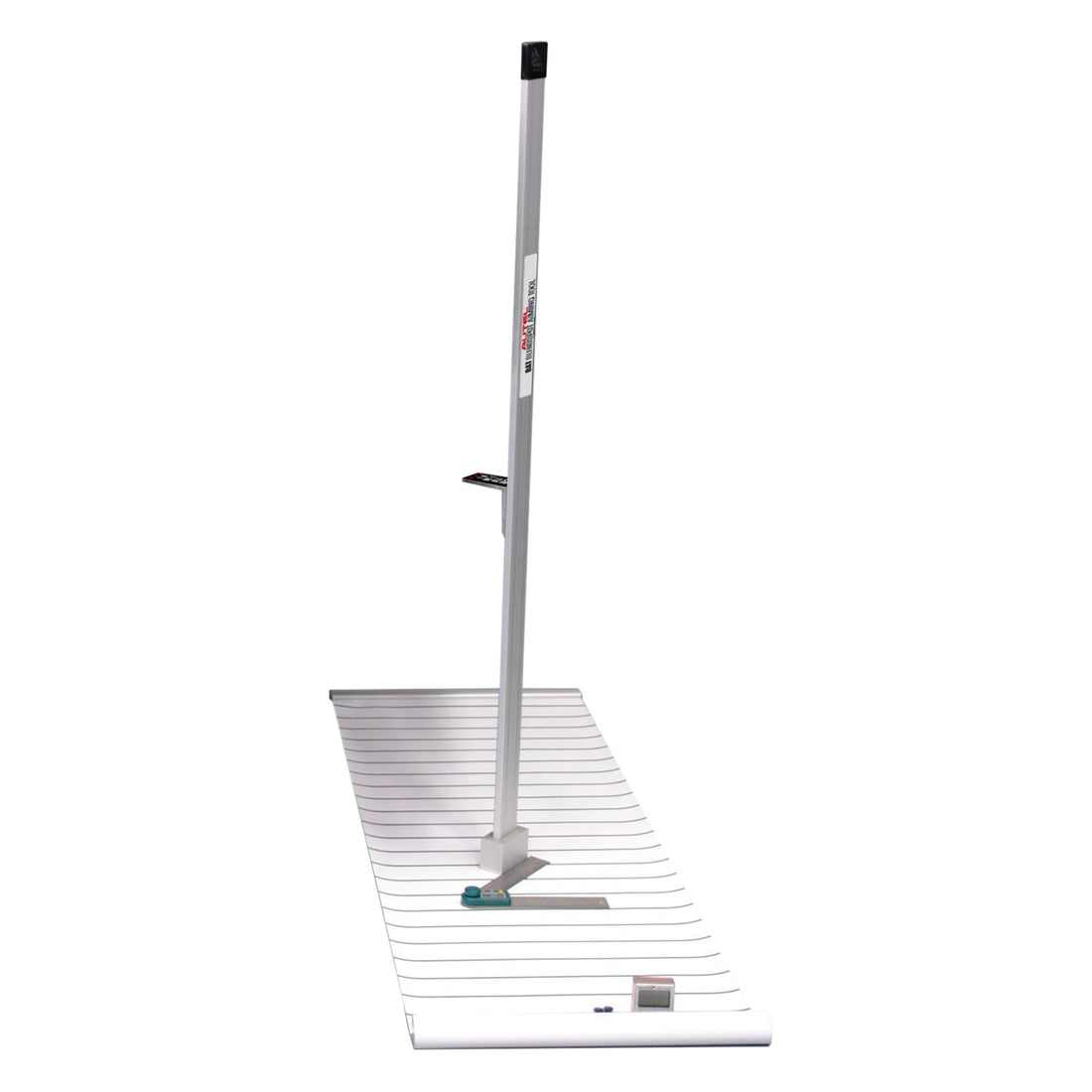Why are accurate blind spot monitor sensor angles important?
Accurate blind spot monitor sensor angles play a crucial role in ensuring road safety. These sensors are designed to detect vehicles in the driver's blind spot and provide a warning signal, helping to prevent accidents and collisions. However, if the sensor angles are not properly calibrated, it can lead to false alarms or missed detections, compromising the effectiveness of the blind spot monitoring system.
How do accurate sensor angles enhance safety?
By having precise sensor angles, the blind spot monitoring system can accurately detect vehicles in adjacent lanes. This allows the driver to make informed decisions when changing lanes, reducing the risk of side-impact collisions. Accurate sensor angles also help in detecting smaller vehicles, motorcycles, or bicycles that may be harder to spot with just the rearview and side mirrors.
What are the consequences of inaccurate sensor angles?
Inaccurate sensor angles can lead to several safety issues on the road. If the angles are too narrow, the system may fail to detect vehicles in the blind spot, increasing the chances of a collision during lane changes. On the other hand, if the angles are too wide, false alarms may occur frequently, causing driver distraction and potentially leading to a disregard for genuine warnings.
How can accurate sensor angles be achieved?
Ensuring accurate blind spot monitor sensor angles requires proper installation and calibration. It is essential to follow the manufacturer's guidelines and consult a professional technician to ensure precise alignment. Regular maintenance and calibration checks are also recommended to maintain the accuracy of the sensor angles over time.
What are the benefits of accurate blind spot monitor sensor angles?
Accurate blind spot monitor sensor angles provide peace of mind to drivers by enhancing their awareness of surrounding vehicles. This technology acts as an additional safety layer, complementing the driver's visual checks. By reducing blind spot-related accidents, accurate sensor angles contribute to overall road safety and help save lives.
Confirming angles after a collision
It is crucial to confirm the proper angles of the blind spot monitor sensor after a collision involving the rear of the vehicle. A sensor that is off as little as one degree can cause false or inaccurate detection and it is virtually impossible to detect angle skew with the naked eye. Many vehicles require you to setup a target to confirm proper placement, but a tool kit that aids you in measuring mounting angles makes the repair and calibration easier and more accurate. Autel has recently released a kit that enables the technician to do just that. You can check it out in our store.
Conclusion
Accurate blind spot monitor sensor angles are of utmost importance for road safety. By ensuring precise detection of vehicles in the blind spot, they help drivers make informed decisions and prevent potential collisions. Regular calibration and maintenance are essential to maintain the accuracy of these sensor angles and maximize the effectiveness of blind spot monitoring systems.

